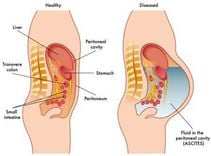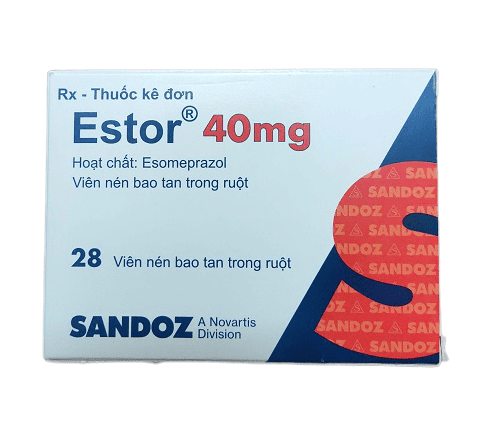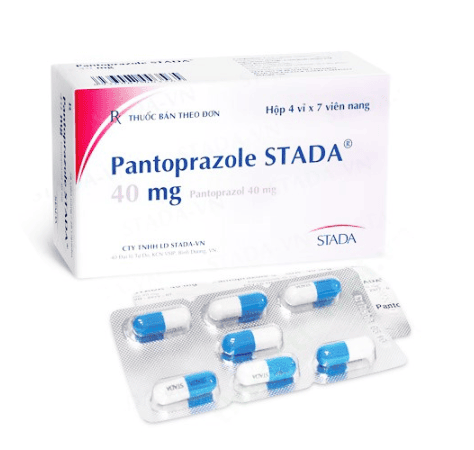This is an automatically translated article.
The article is expertly consulted by MSc Duong Xuan Loc - Gastroenterologist - General Surgery Department - Vinmec Danang International General Hospital. The doctor has more than 12 years of experience as a Gastroenterologist.The stomach is a squeezing organ located in the left midline of the upper abdomen. When food reaches the end of the esophagus, it enters the stomach through a muscular valve called the lower esophageal sphincter. The stomach secretes acids and enzymes that digest food. The stomach muscles contract periodically, stirring up food to enhance digestion. The pyloric sphincter is a muscular valve that opens to allow food to pass from the stomach to the small intestine.
1. Diseases related to the stomach
Gastroesophageal reflux: Stomach acids can move back up the esophagus. This disease may have no symptoms, or it may only cause heartburn or a cough. Indigestion : Another name for stomach upset or indigestion. Indigestion can be caused by most benign or serious conditions that affect the stomach. Stomach ulcers: Erosion of the lining of the stomach, often causing pain or bleeding. Stomach ulcers are usually caused by an infection with H. pylori. Gastritis: Inflammation of the stomach, often causing nausea or pain. Gastritis can be caused by alcohol, certain medications, H. pylori infection, or other factors. Zollinger-Ellison syndrome (ZES): One or more tumors secrete hormones that lead to increased acid production. Severe GERD and peptic ulcer disease are caused by this rare disorder.
2. Stomach tests
Upper endoscopy (esophagogastroduodenoscopy or EGD): A flexible tube with a camera on the end (endoscope) is inserted through the mouth. Endoscopy allows examination of the esophagus, stomach, and duodenum (first part of the small intestine). Computed tomography (CT scan): A CT scanner uses X-rays and a computer to create images of the stomach and abdomen. Magnetic resonance imaging: Using a magnetic field, the scanner creates high-resolution images of the stomach and abdomen. pH test: Using a tube through the nose into the esophagus, the acid levels in the esophagus can be monitored. This can help diagnose or change treatment for GERD.
3. Treatment of stomach diseases

Please dial HOTLINE for more information or register for an appointment HERE. Download MyVinmec app to make appointments faster and to manage your bookings easily.
Source: webmd.com













